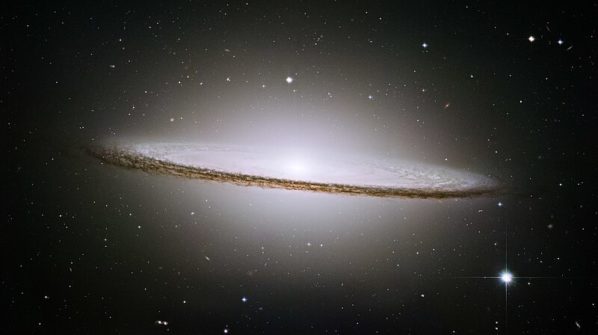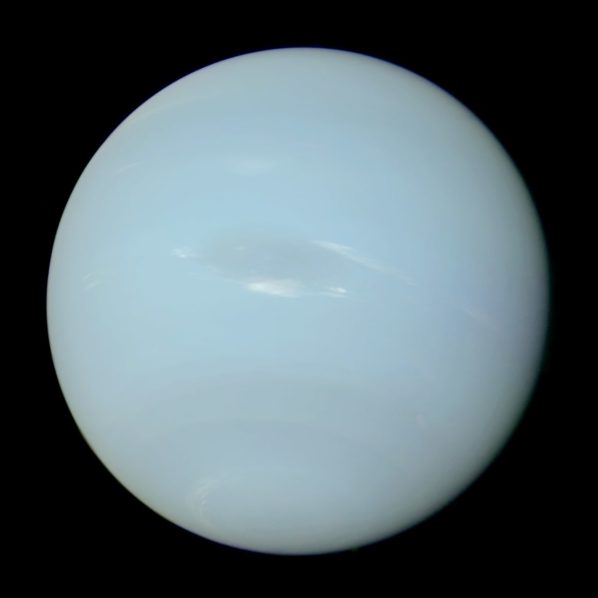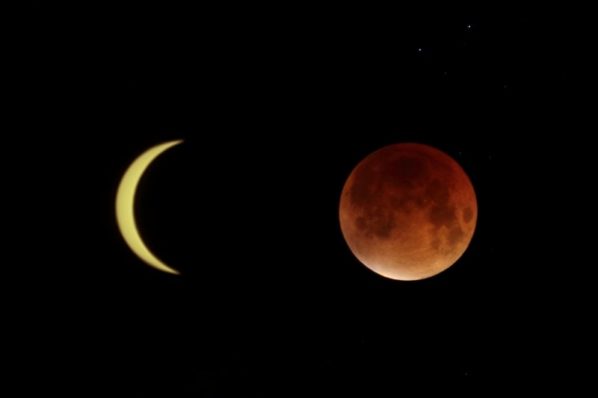Science
Explore fascinating discoveries, breakthroughs and insights across all fields of science. Stay informed with the latest research, innovations and scientific trends!
Daytime Arietid Meteor Shower: Observation Tips
Catch the Daytime Arietid meteor shower peaking June 7! Learn how to safely view and detect these early morning meteors despite daylight challenges.
Tau Herculid Meteor Shower: What to Expect and How to Watch
Discover the Tau Herculid meteor shower on May 31! Learn viewing tips, best locations, and what makes this rare celestial show truly unforgettable.
Eta Lyrid Meteor Shower 2025
Catch the Eta Lyrid meteor shower peaking May 8. Look toward Lyra before dawn for up to 3 meteors per hour from Comet C/1983 H1 debris.
Eta Aquariid Meteor Shower 2025: Viewing Guide and Tips
Discover how to watch the Eta Aquariid meteor shower, linked to Halley’s Comet. Get tips on timing, location, and capturing this dazzling sky event.
Stargazing Calendar for May 2025
Stargazing highlights this May 2025 include planetary alignments, meteor showers and more. A must-read for astronomy fans planning skywatching.
Pi Puppid Meteor Shower 2025
Discover the Pi Puppids meteor shower in April! Learn when, where, and how to view this stunning event, especially from the Southern Hemisphere.
The Sustainable Science of Longevity: How Medicine Aligns with a Greener Future
Explore how sustainable longevity combines preventive health and eco-conscious living to promote a longer life while supporting a healthier planet.
Space-Supported Agriculture: How Space and Agriculture Are Linked
Learn how space-supported agriculture is revolutionizing farming with satellites, early detection, and sustainable solutions for food security.
Lyrid Meteor Shower 2025: When, Where & How to See It
Catch the Lyrid meteor shower this April with up to 18 meteors per hour. Discover the best times, spots, and tips for viewing this sky show.
Why Is Adaptive Clothing Best for Disabled Seniors?
The concept of adaptive clothing makes dressing easier for disabled people and seniors. It can be stylish and designed for specific needs.
Living With Severe Food Allergies: A Guide to Managing Life’s Invisible Threats
Living with severe food allergies can be life-threatening, but with awareness, preparation, and support, you can stay safe and live a full life.
Five Simple Terms of Geriatric Medicine
Effective geriatric care hinges on structured consultations. Models like 5 Ms, 5 Ds, and 5 Fs offer comprehensive frameworks for assessment and treatment.
How Can Soil Erosion Be Prevented
Discover how soil erosion can be prevented using vegetation, smart farming, and local action to protect land and prevent environmental damage.
What Do Dolphins Eat?
Curious about dolphins? Discover what dolphins eat in the ocean, how they hunt, and why dolphins are such intelligent, helpful marine animals.
A Glance at the Different Types of Farm Soil
Not all soil is equal, and not all farm soil is uniform. Learn about the different types of farm soil, including how to care for them in this brief glance.
Why Are People Turning to Urgent Care Centers for Treatment
Urgent care centers offer fast, affordable, and high-quality healthcare without long waits. Get the care you need—no appointment required.
Stargazing Calendar for April 2025
Discover the best celestial events for stargazing in April 2025, including planetary conjunctions, meteor showers, and deep-sky objects. Don't miss these cosmic sights!
Ways To Make Your Agricultural Operation More Eco-Friendly
Agriculture is an essential industry, yet it is a huge contributor to greenhouse gases. Here are ways to make your agricultural operation more eco-friendly.
How Did Neptune Get Its Name?
Wondering how Neptune got its name? The first planet discovered through mathematical prediction was named after the Roman god of the sea.
Stargazing Calendar for March 2025
Discover the best astronomy events for stargazing in March 2025, including a total lunar eclipse, a partial solar eclipse, and planetary alignments.



















